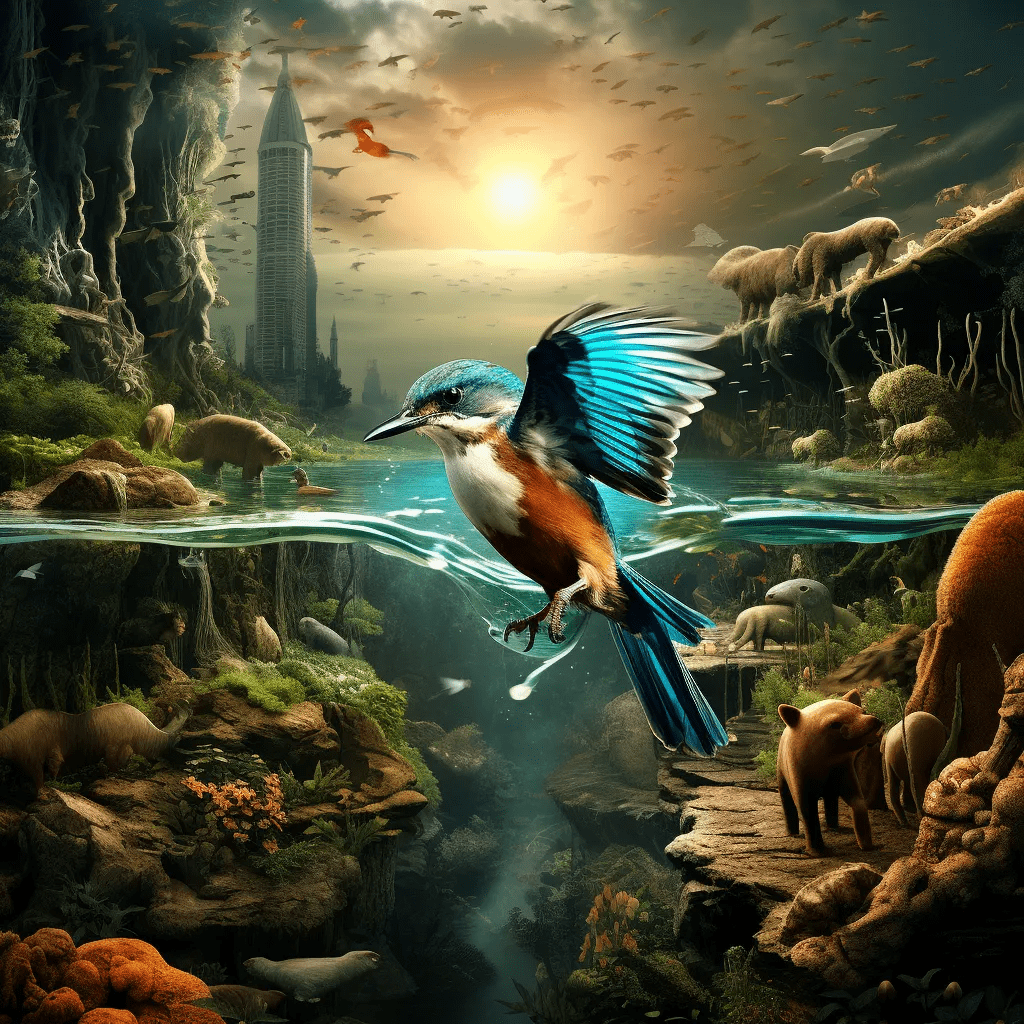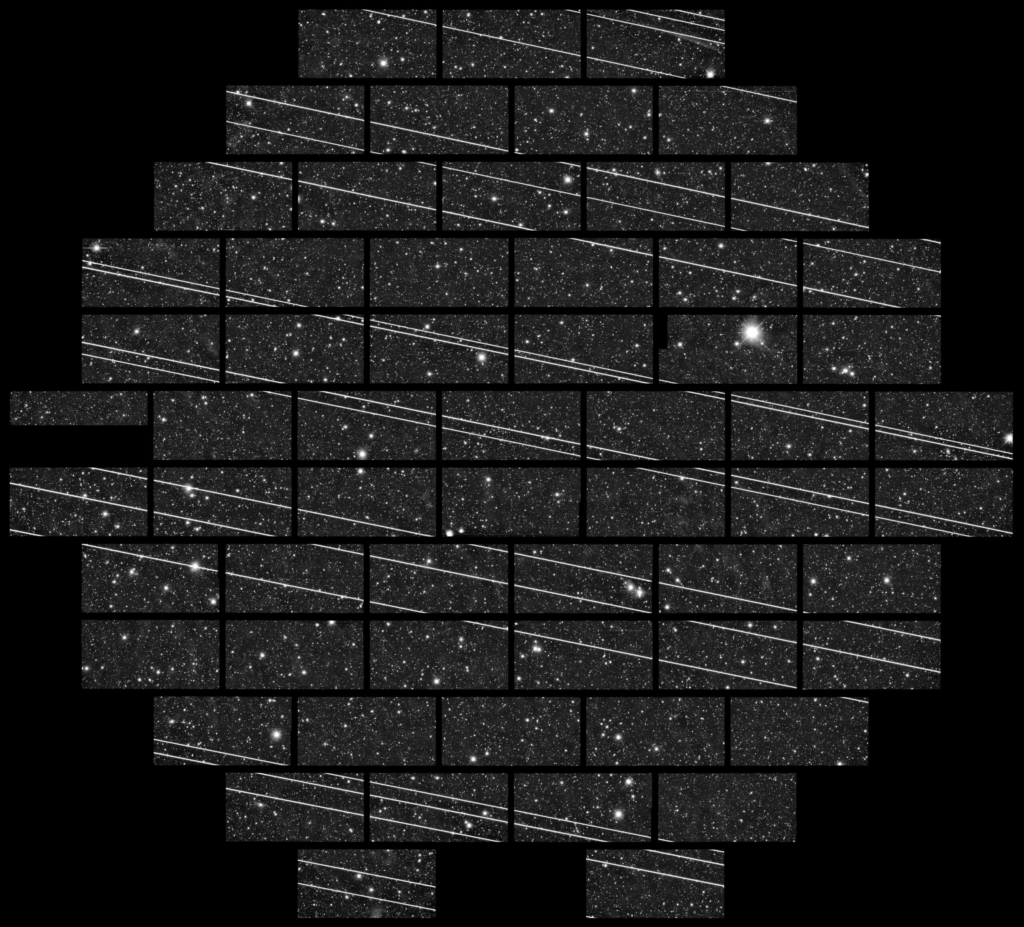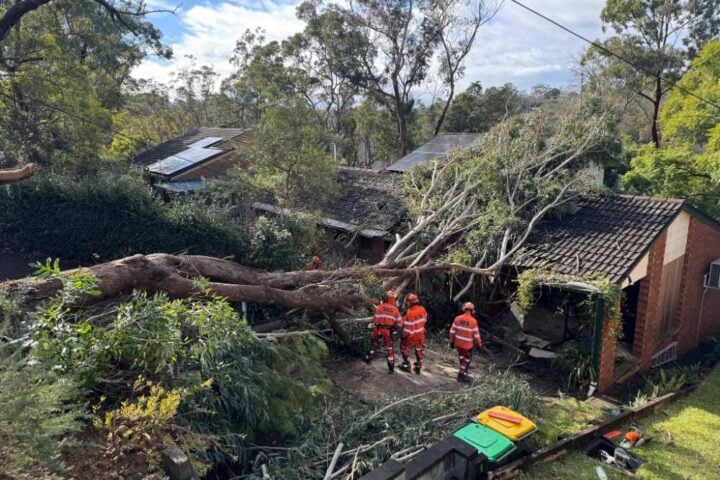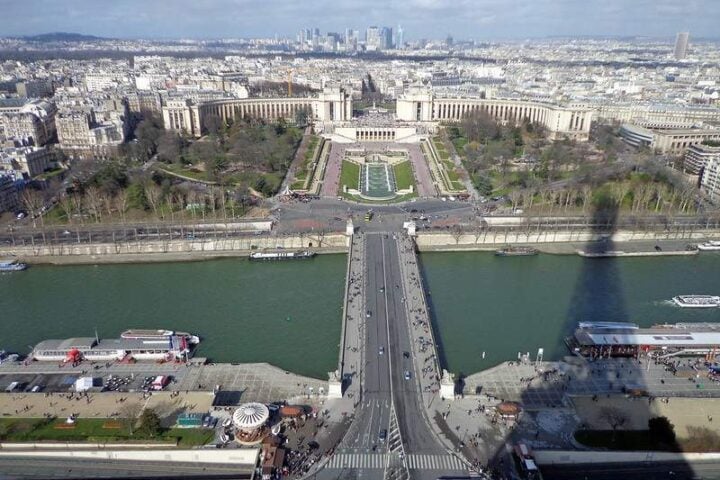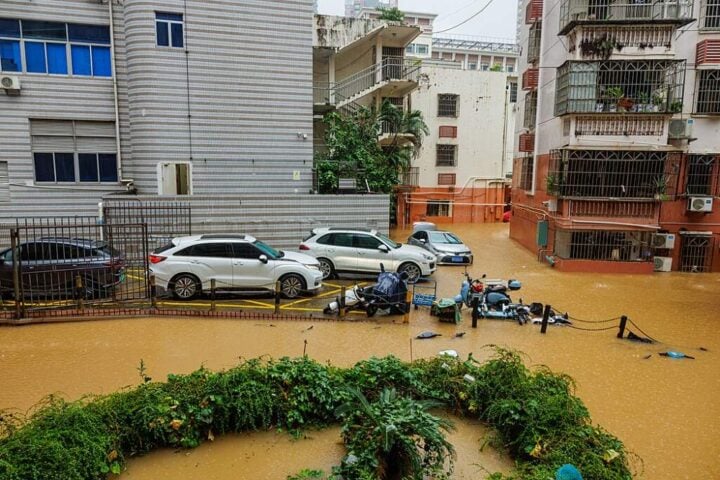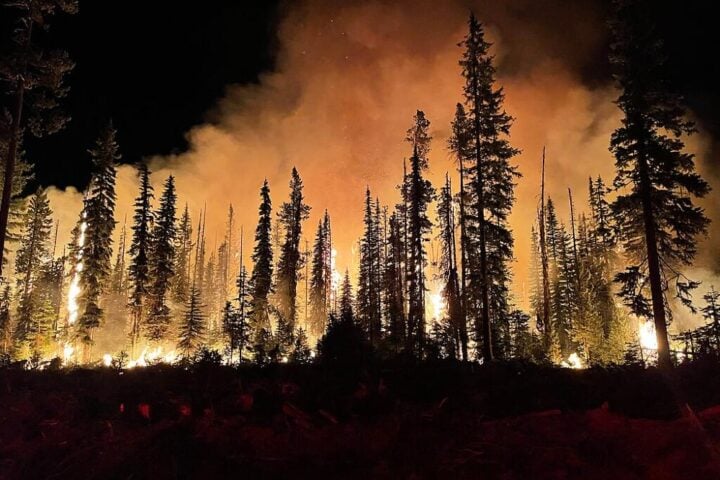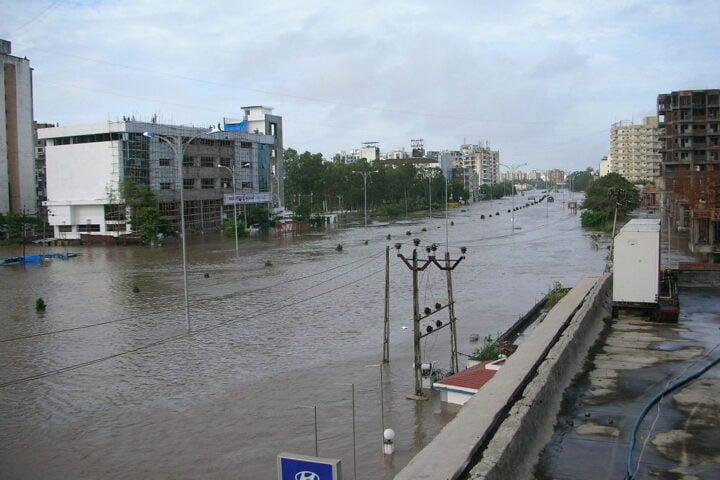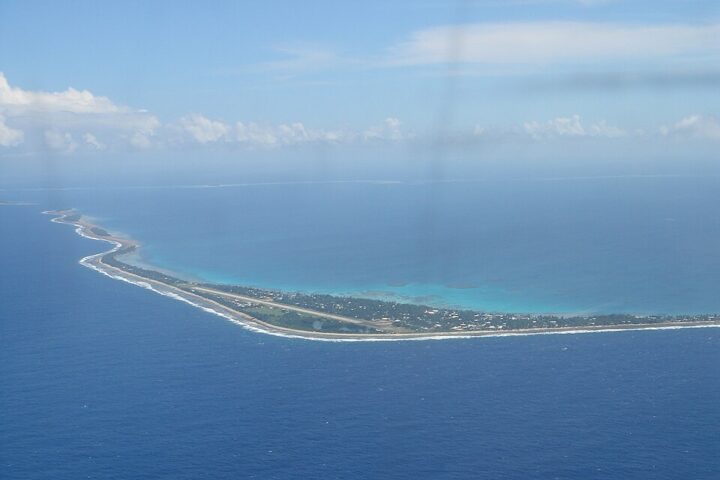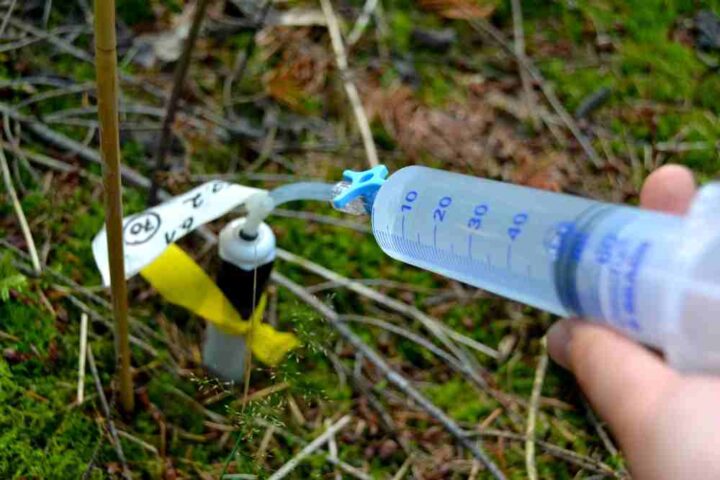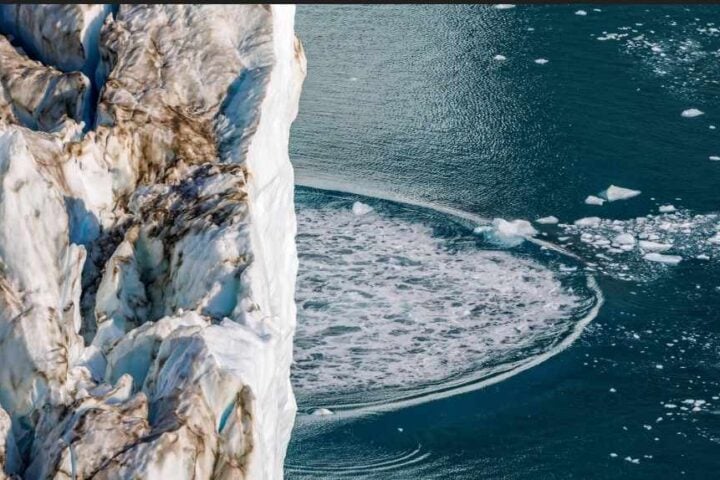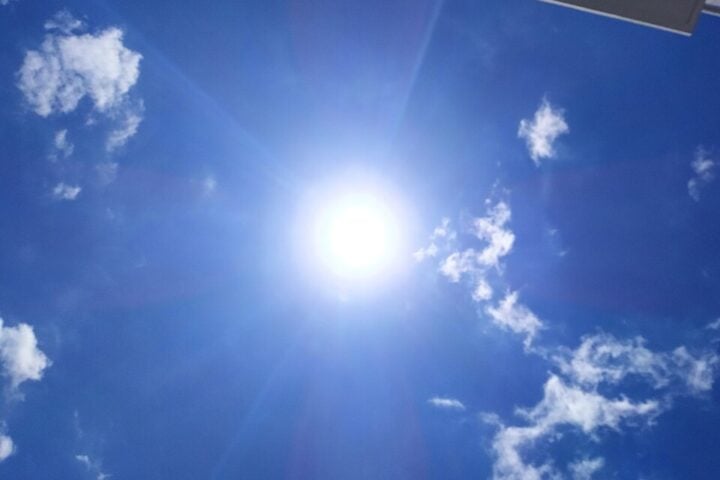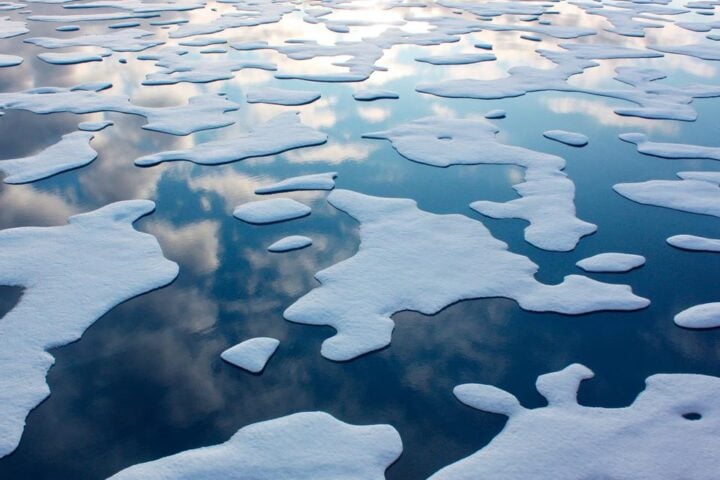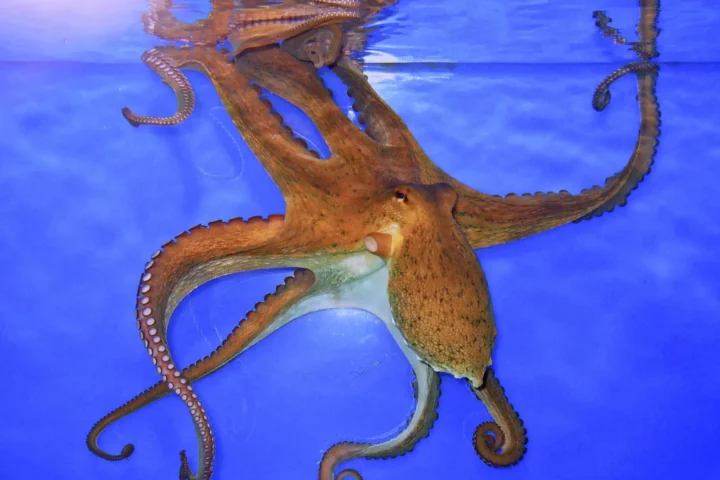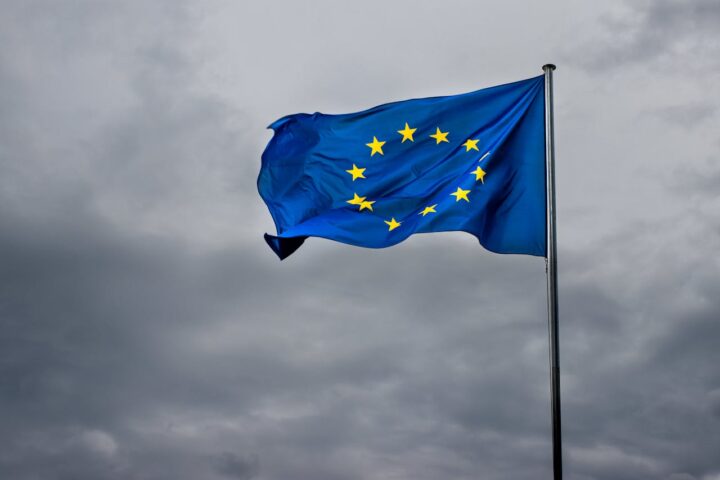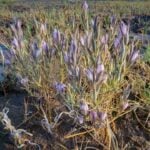With deforestation, land degradation, and species extinctions, the state of biodiversity is deteriorating rapidly, all veering away from the Sustainable Development Goals (SDGs) targets. This alarming revelation comes from an IUCN report released at the United Nations General Assembly in New York. The Acting Director General of IUCN, Dr. Grethel Aguilar emphasized, “A sustainable future is only possible with healthy nature at its core.”
Titled “Seven years to save Nature & people: A proposed set of policies & actions for the SDG Summit,” the report delves into the nature-related goals 6, 13, 14, & 15. As the custodian of 5 indicators for SDGs 14 & 15, IUCN has based its findings on projected areas & the IUCN Red List of Threatened Species. The findings of the report are grim: all 5 indicators show inadequate progress.
The expansion of protected areas, especially Key Biodiversity Areas, has stagnated. The Red List Index indicates that species extinction rates are soaring to levels never before seen in human history. Invasive species introductions continue unabated, even though most countries have implemented preventive legislation. Over 12,000 species are now affected by climate change, leading to ecological, behavioral, physiological, & genetic alterations in animals, fungi, & plants. Unsustainable water consumption remains a significant threat to ecosystems, species, & human wellbeing, despite improvements in water use efficiency since 2015.
The recommendations of IUCN include protecting at least 30% of terrestrial inland water, marine, & coastal ecosystems, especially Key Biodiversity Areas. The organization also advocates for Nature-based Solutions for climate & disaster risk reductions & investments in soil & land health for sustainable food systems. The necessity of increased funding for Biodiversity & climate initiatives is underscored by the report. Conservation & sustainable development can positively be influenced by trade policies that address imported deforestation, sustainable supply chains, subsidy reforms, & circular economy approaches. Director of the International Policy Center, Sonia Pena Moreno stressed the importance of adequate resources to support IUCN’s tools & standards for advancing the sustainable development agenda.
A sustainable future is only possible with healthy nature at its core, as this report shows. Protecting the rich web of life in the soil, on land and under water brings enormous benefits for humanity, helping to address climate change and to ensure food and water security. The SDG Summit must mark a turning point and accelerate decisive action to halt and reverse the decline of nature, for humanity’s sake.
Dr Grethel Aguilar, Acting Director General of IUCN
It is disheartening to realize that we are significantly off-track in achieving the SDGs, as we approach the midpoint of the 2030 Agenda for Sustainable Development. Progress in many areas is hindered or reversed by the Covid-19 pandemic, the war in Ukraine, & associated crises. At present, only 12% of the targets are on track to be met by 2030. The intrinsic value of the natural world & its essential role in human well-being is recognized by the 2030 Agenda. Systemic risks to various social & economic goals are posed by the biodiversity decline & environmental degradation. Our dependency on a healthy environment has been further highlighted by extreme climatic events.
Similar Posts
With deforestation, land degradation, & species extinctions moving in the wrong direction, biodiversity is in severe decline. Human activities have significantly altered over 70% of the global land surface. Freshwater ecosystems, which support over 10% of known species, are declining at alarming rates. Threats are faced by the ocean from pollution, overfishing, resource extraction, & the impacts of climate change. Over 80% of marine debris consists of plastic pollution. The primary driver of marine biodiversity loss is the direct exploitation of fish and seafood. With more than 12,000 species affected & over 3 billion people living in areas highly vulnerable to its effects, climate change impacts are evident.
Urgent action to safeguard highly threatened species is proposed by IUCN to ensure the sustainable use of wild species. Fundamental to conservation efforts is protecting areas of importance to biodiversity. The agricultural sector can be transformed by investing in soil & land health. Protection, restoration, & promotion are needed by freshwater systems & habitats. Immediate & cost-effective benefits for both mitigation & adaptation can be offered by nature-based solutions. It is essential to have gender equality for nature conservation & sustainable development. In order to accelerate progress on the SDGs, the biodiversity financing gaps will have to be addressed.
A roadmap for global leaders is provided by the IUCN’s findings to prioritize biodiversity & sustainable development. The importance of collaborative efforts & international cooperation is underscored by the ongoing challenges. For addressing the pressing challenges of biodiversity loss, climate change, & sustainable development, the world needs to rally together. The IUCN report is a testament to the organization’s commitment to conservation & sustainable development.
In addition to monitoring progress, the tools and standards that IUCN produces support collaboration, planning and action to advance the sustainable development agenda. These tools must be supported by adequate resourcing in order to ensure that they can continue to provide up-to-date, comprehensive information.
Sonia Peña Moreno, Director of the International Policy Centre and one of the Contributors of the report.
The urgency of the situation & the need for immediate action are highlighted by the findings. The call must be heeded by global leaders & policies & actions that safeguard our planet’s future are to be prioritized. A holistic approach to address the challenge is required by the interconnectedness of the SDGs. A clear path forward is provided by the IUCN’s recommendations, requiring collective effort & commitment. The time for action is now, as the fate of our planet & future generations hangs in balance. The IUCN report serves as a beacon, guiding us towards a sustainable future, as the world grapples with unprecedented challenges.
